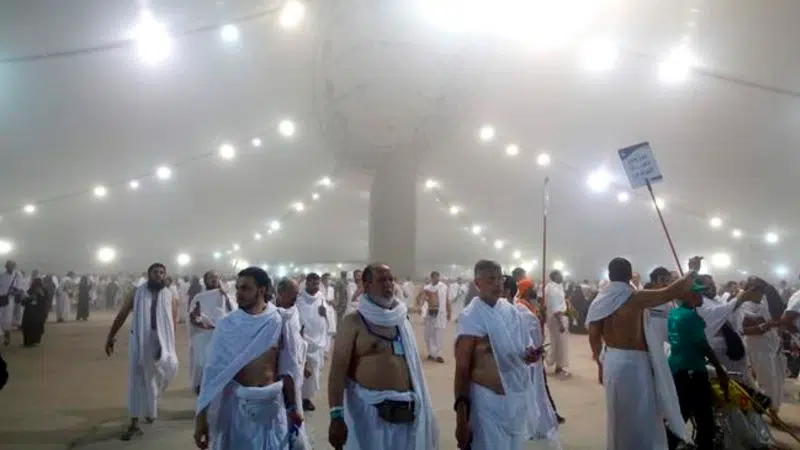
Muslims mark Eid and final days of hajj in Saudi Arabia
MINA, Saudi Arabia — Around 2.5 million pilgrims took part in a symbolic stoning of the devil on Saturday, marking the final days of the hajj pilgrimage in Saudi Arabia and the start of the Eid al-Adha celebrations for Muslims around the world.
To mark the completion of the hajj, male pilgrims shave their hair and women trim theirs to represent a spiritual renewal and rebirth. Male pilgrims will also remove the white terrycloth garments worn on the hajj and return to their usual attire.
The five-day hajj pilgrimage is required of all Muslims once in their lifetime, if they are financially and physically able to make the journey.
Muslims around the world commemorate the end of hajj with Eid celebrations, including distributing meat to the poor.


